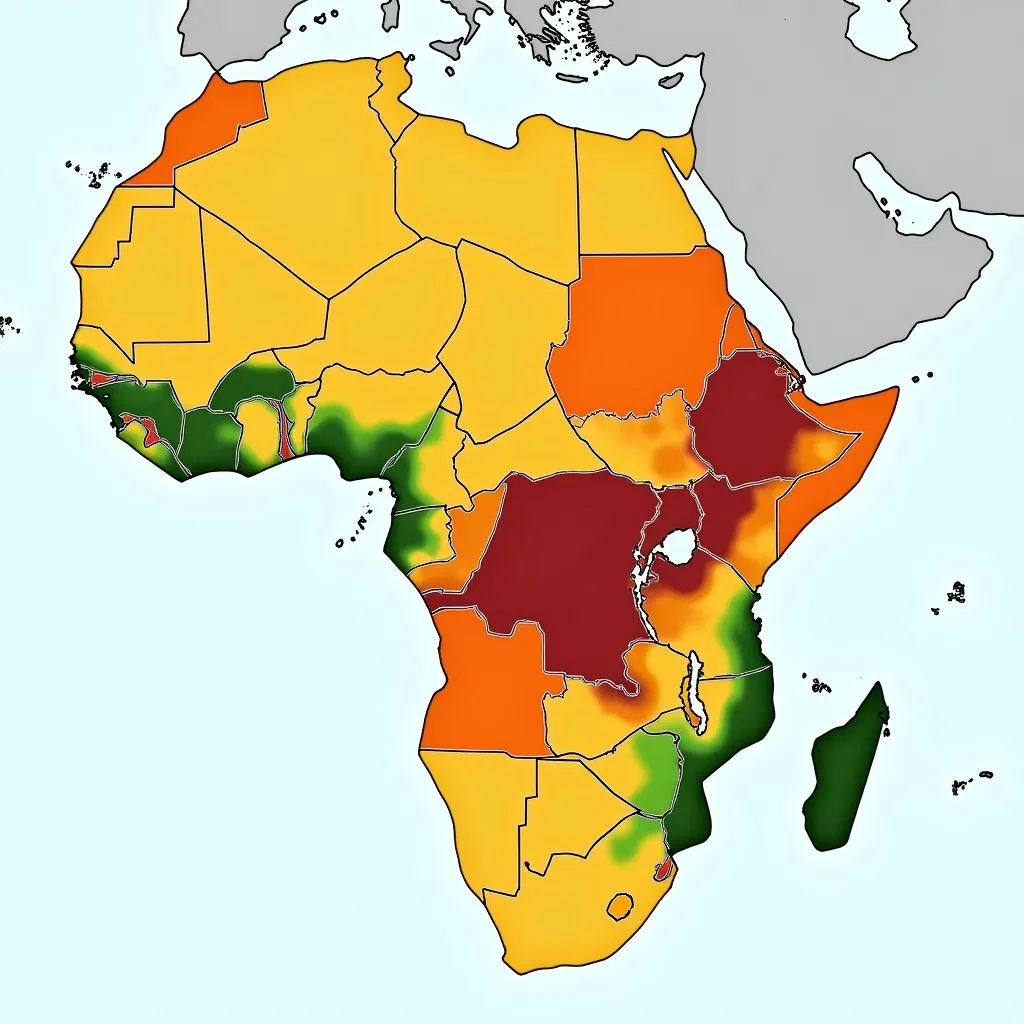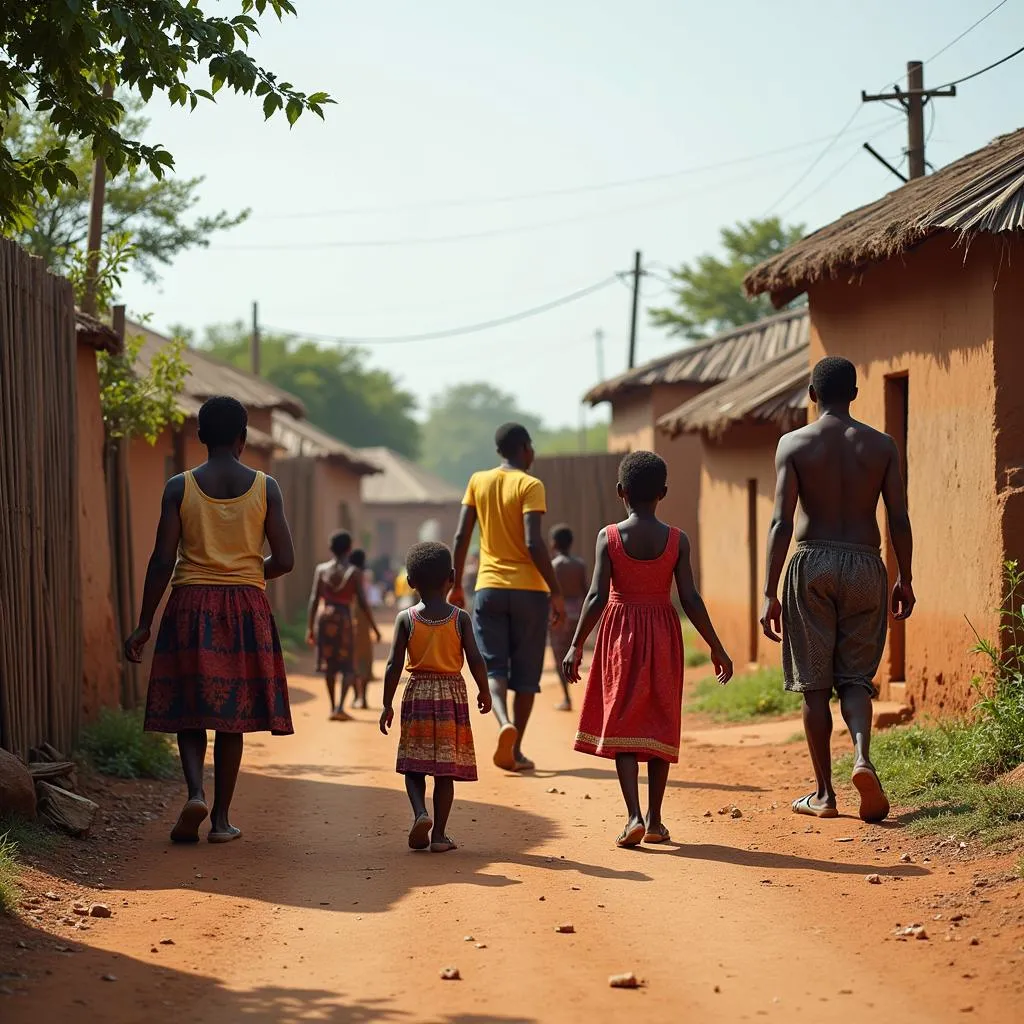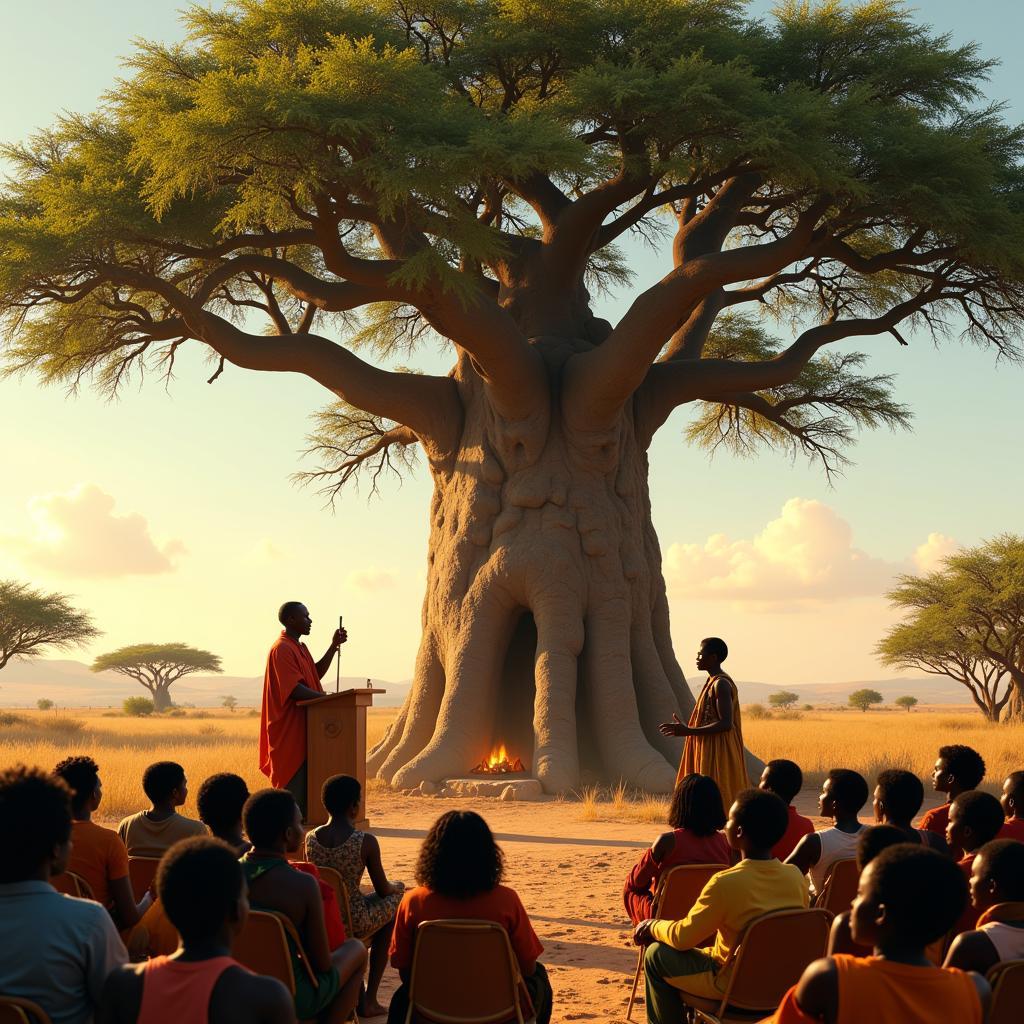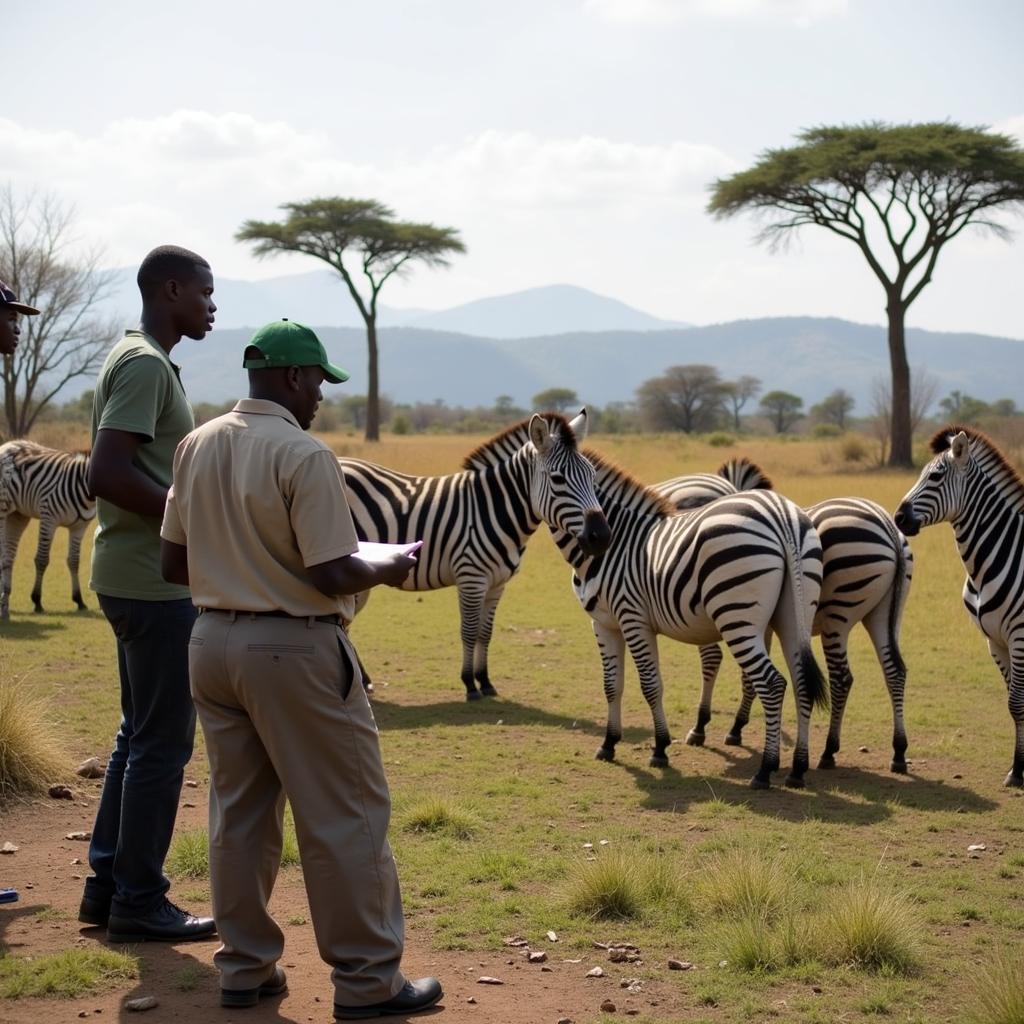African Countries by Population: Unveiling the Giants and the Gems
Africa, a continent teeming with life and diversity, boasts a rich tapestry of cultures, landscapes, and people. With a population exceeding 1.3 billion, it stands as the world’s second-most populous continent. Understanding the population distribution across its 54 recognized countries offers a fascinating glimpse into the continent’s dynamism and evolving demographics.
The Top 10 Most Populous African Countries
While Nigeria often claims the spotlight as Africa’s most populous nation, a closer look at the numbers reveals a diverse array of demographic powerhouses spread across the continent. Here are the top 10 African countries ranked by population, offering a glimpse into their unique characteristics and contributions to the continent’s rich human landscape:
-
Nigeria: With an estimated population surpassing 214 million, Nigeria stands as a true African giant. Its vibrant culture, booming economy, and youthful population make it a significant player on the global stage.
-
Ethiopia: Home to over 117 million people, Ethiopia boasts a history as rich and diverse as its landscape. From ancient civilizations to breathtaking natural wonders, Ethiopia captivates with its cultural heritage and growing economy.
-
Egypt: A cradle of civilization, Egypt continues to mesmerize with its ancient wonders and modern metropolises. Its population of over 104 million makes it a pivotal nation in North Africa, shaping the region’s cultural and political landscape.
-
Democratic Republic of Congo: Often referred to as the “heart of Africa,” the Democratic Republic of Congo pulsates with life and natural resources. Its population of over 95 million reflects the immense potential of this vast nation striving for stability and prosperity.
-
Tanzania: Known for its stunning wildlife and breathtaking landscapes, Tanzania is also home to over 61 million people. Its unique blend of cultures, commitment to conservation, and growing economy make it a captivating destination in East Africa.
-
South Africa: A nation renowned for its resilience and vibrant culture, South Africa boasts a population exceeding 60 million. From bustling cities to stunning coastlines, South Africa captivates with its diversity and economic prowess.
-
Kenya: A global leader in conservation and a hub for innovation, Kenya boasts a population exceeding 54 million. Its stunning wildlife, vibrant cities, and entrepreneurial spirit make it a force to be reckoned with in East Africa.
-
Uganda: Known as the “Pearl of Africa,” Uganda shines with lush landscapes and a warm, welcoming population exceeding 48 million. Its commitment to education, healthcare, and sustainable development make it a beacon of hope in East Africa.
-
Algeria: Africa’s largest country by landmass, Algeria commands attention with its vast Sahara Desert and ancient history. Its population exceeding 44 million reflects its strategic importance in North Africa and the Arab world.
-
Sudan: A nation straddling ancient history and modern aspirations, Sudan is home to over 45 million people. Its rich cultural heritage, abundant natural resources, and strategic location make it a pivotal player in North Africa.
 Map illustrating the population density across Africa
Map illustrating the population density across Africa
Factors Influencing Population Distribution in Africa
Several key factors contribute to the uneven distribution of people across the African continent. Understanding these dynamics is crucial for comprehending the complexities of development, urbanization, and resource allocation in Africa:
-
Climate and Geography: Arable land, access to water resources, and favorable climatic conditions have historically influenced population settlements. As such, regions with fertile land and sufficient rainfall tend to support larger populations, while arid and semi-arid regions have lower population densities.
-
Historical Factors: Colonial legacies, trade routes, and historical migration patterns continue to shape population distribution in Africa. Coastal areas and regions along historical trade routes often exhibit higher population densities due to early economic and cultural exchanges.
-
Economic Opportunities: Urbanization, driven by the search for better job prospects and improved living standards, significantly impacts population distribution. Major cities across Africa act as magnets, attracting people from rural areas and contributing to the growth of sprawling urban centers.
-
Political Stability and Conflict: Political instability, conflict, and displacement significantly impact population distribution. Regions experiencing unrest often witness population displacement, leading to uneven population concentrations and posing challenges for development and humanitarian aid.
 Vibrant life in a rural African village, showcasing large families
Vibrant life in a rural African village, showcasing large families
Challenges and Opportunities
The rapid population growth in Africa presents both challenges and opportunities for the continent:
Challenges:
-
Strain on Infrastructure and Resources: Rapidly growing populations put immense pressure on existing infrastructure, including healthcare, education, housing, and sanitation systems. Meeting the needs of burgeoning populations requires strategic planning and substantial investment.
-
Youth Unemployment: With a predominantly young population, creating employment opportunities becomes crucial. Addressing youth unemployment is vital for fostering economic growth and social stability.
-
Environmental Sustainability: Balancing population growth with environmental conservation poses a significant challenge. Ensuring sustainable resource management, protecting biodiversity, and mitigating the effects of climate change are paramount.
Opportunities:
-
Economic Growth Potential: A burgeoning workforce presents a significant opportunity for economic growth. By investing in education, skills development, and entrepreneurship, African nations can harness the potential of their youthful populations.
-
Innovation and Creativity: A youthful population brings fresh perspectives and innovative ideas, driving creativity and entrepreneurship across various sectors.
-
Cultural Vibrancy and Diversity: Africa’s diverse cultures and traditions are a source of immense richness. Embracing and celebrating this diversity fosters social cohesion and understanding.
 A modern cityscape in Africa, highlighting urbanization and economic growth
A modern cityscape in Africa, highlighting urbanization and economic growth
Looking Ahead: Population Projections for the Future
Projections suggest that Africa’s population will continue to grow significantly in the coming decades. By 2050, the continent is expected to account for over half of global population growth. This demographic shift presents both opportunities and challenges, demanding innovative solutions to address issues related to sustainable development, resource management, and economic growth. By investing in its people, fostering innovation, and embracing its diversity, Africa has the potential to harness its demographic dividend and shape a brighter future for generations to come.


